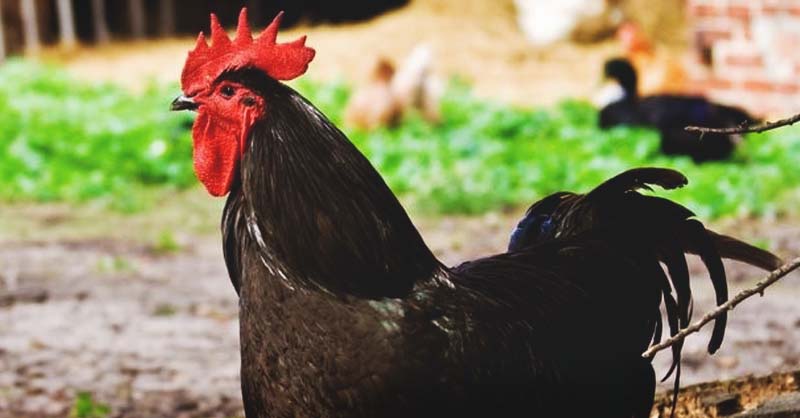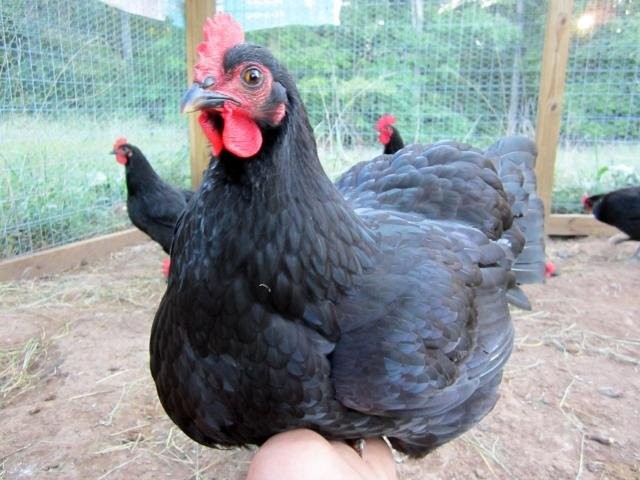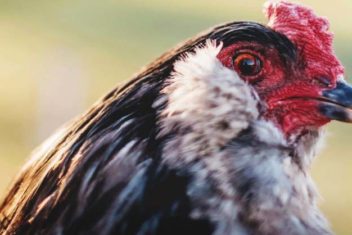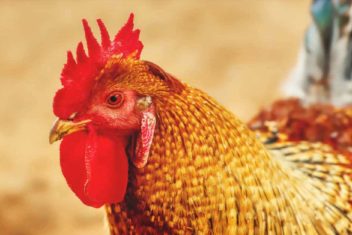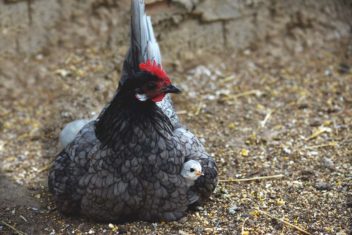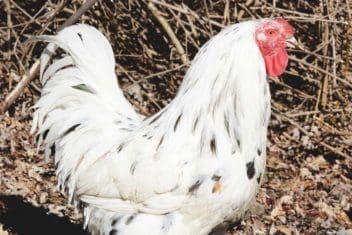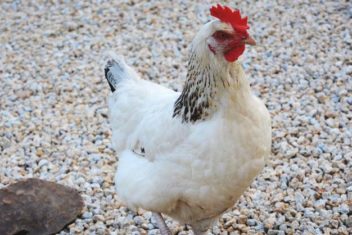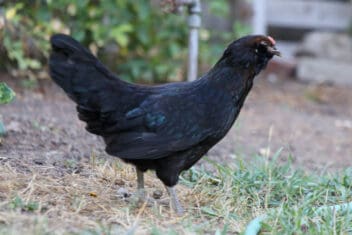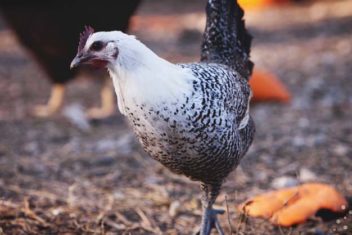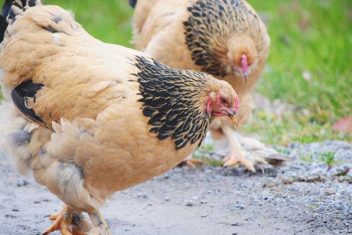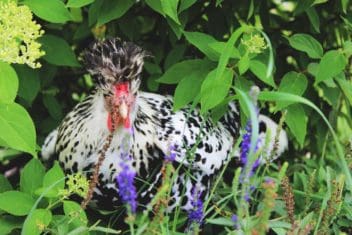Meet the Jersey Giant! This humongous bird is certainly not fit for someone with a tiny backyard. However, a chicken keeper with a large space will enjoy the amazing benefits of these huge birds.
Arguably one of the largest breeds in the world, Jersey Giant chickens are a perfect fit for any homesteader after a good layer that will make good eating at the end of their productive egg laying life.
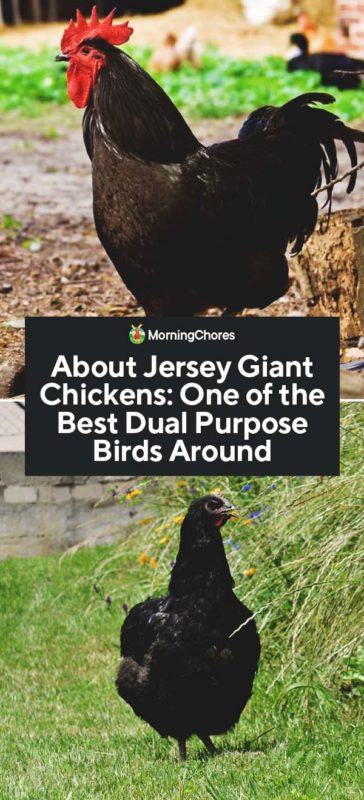
About Jersey Giant Chickens
This large breed of chicken was first bred in Burlington, New Jersey by two brothers looking to replace turkey meat, which was the main source of poultry meat at the time.
Dark Brahmas, Javas, and Langshan chickens went into the breeding of Jersey Giants, producing a huge bird. In 1922 the Black Jersey Giant was accepted into the Standard of Perfection with the American Poultry Association.
Over the next several years, the White and Blue Jersey Giants were also accepted into the Standard of Perfection.
Jersey Giant Characteristics
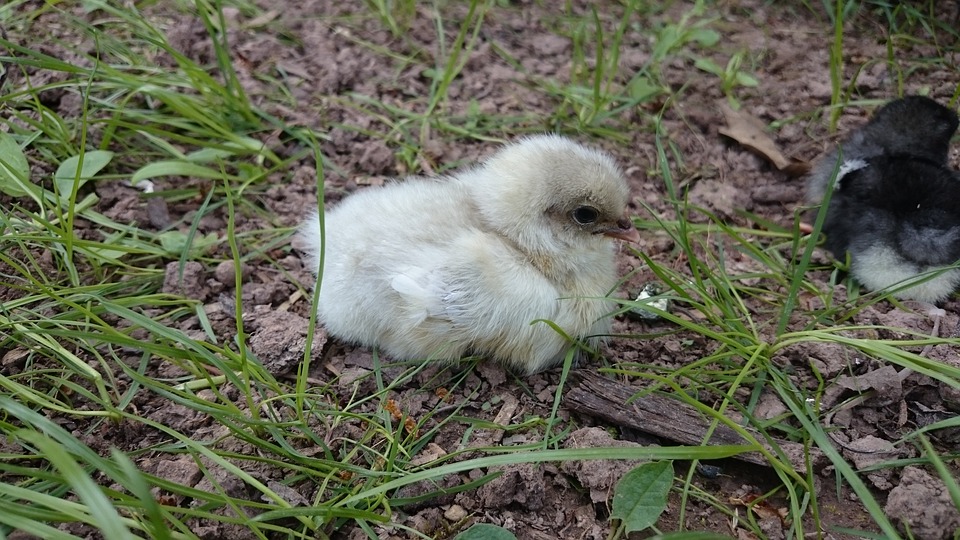 Via Pixabay
Via Pixabay
1. Size and Weight
These huge birds certainly live up to their name. Many people claim that Jersey Giants are the largest breed of purebred chicken.
Roosters typically weigh between 11 and 15 pounds and stand around 24 inches tall. A Jersey Giant hen is a bit smaller, weighing 9-11 pounds and standing about 17 inches tall.
2. Temperament
Jersey Giants are commonly referred to as gentle giants due to their sweet and docile personalities. Even the roosters are rather mellow birds.
Hens rarely have a tendency to go broody, but they don’t make the greatest mothers. Despite their best intentions, the large chickens can sometimes be clumsy and break eggs and hurt small chicks.
3. Egg Production
Despite their large size, Jersey Giants have very good egg production. A single hen can produce up to 260 large brown eggs in one year, which is why this is touted as a good dual-purpose breed.
4. Meat Production
Since Jersey Giants were originally bred for meat production, you won’t be disappointed in the amount of meat they produce. However, if you are looking for a quick growing bird, Jersey Giants won’t fit that bill.
It can take about 6 months for Jersey Giant cockerel to reach ten pounds, and even then a few more months to really get to a good butchering size.
Taking Care of Jersey Giant Chickens
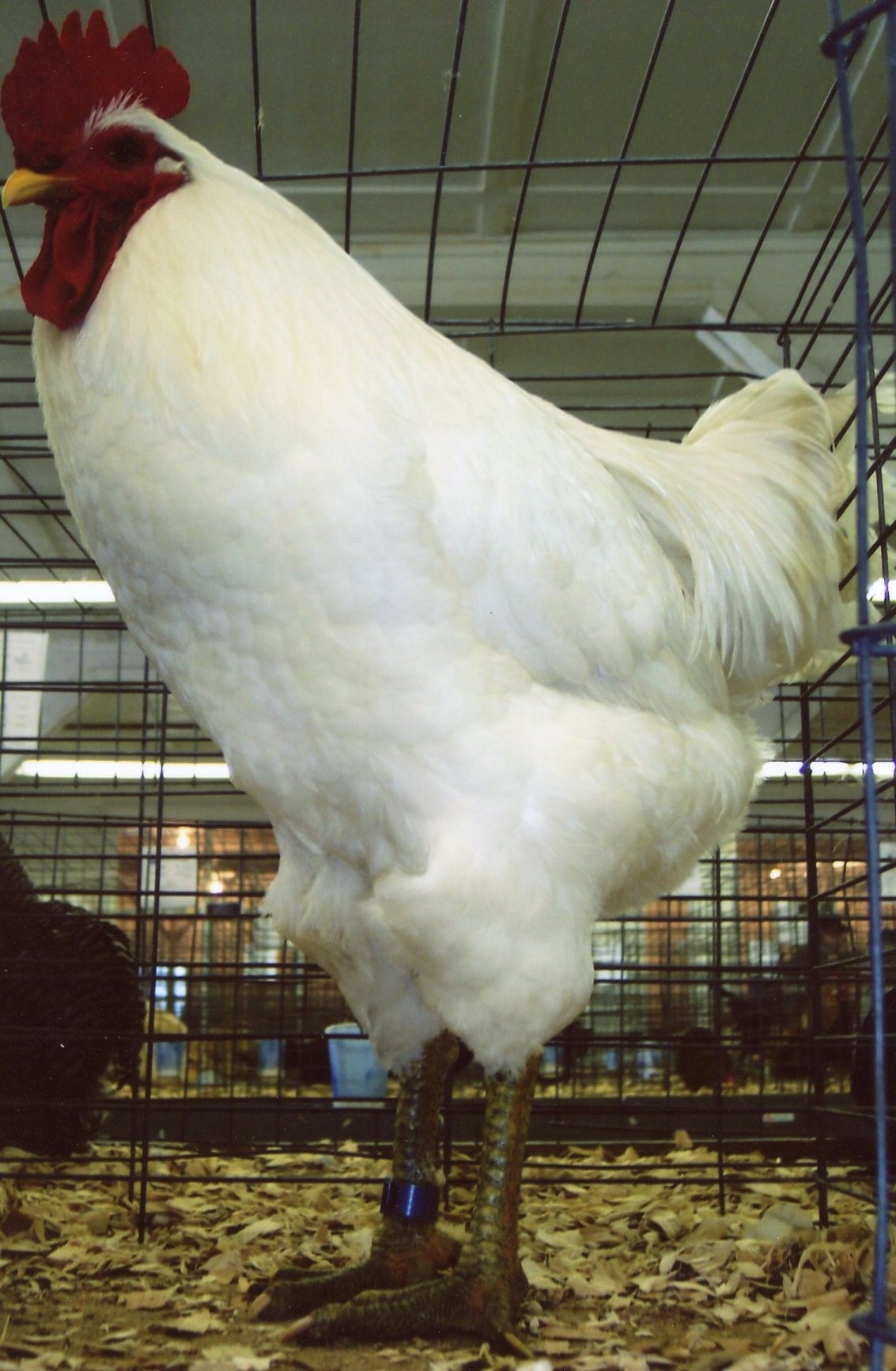
Via https://www.cacklehatchery.com/
1. Feeding and Nutritional Needs
One thing to consider when thinking about purchasing Jersey Giants is the amount of food they’ll consume.
Jersey Giants don’t require a special diet, they’ll just eat a lot. Start your chicks on a good quality chick starter.
Around 18-22 weeks of age, switch your chickens to a good egg laying feed and provide supplemental calcium such as oyster shells in a separate dish.
2. Housing and Fencing
When it comes to housing, you certainly can’t skimp on space for these birds. In the chicken coop, 5 square feet per bird is necessary to make sure everyone has adequate space.
Since Jersey Giants are rather large birds, it can hurt their legs to jump down from roosts. Be considerate of this when placing roosts and keep them no more than 18’’ of the ground.
For the run area, give your birds about 10-12 square feet per chicken.
3. Health Issues and Care
These are actually very hardy and robust chickens that don’t have many health issues. As mentioned before, it’s important to make sure they don’t have far to jump down from roosts, nesting boxes, or the coop.
4. Breeding
Since Jersey Giants do not have a complicated color pattern on their feathers, they are not a difficult bird to breed.
Be warned that sometimes eggs can take a few days more than the average 21 days due to the large size of the eggs.
Breed Alternatives
1. Cochins
Cochins can make excellent alternatives to the Jersey Giants for many reasons. These birds are also pretty large, but a little smaller than Jersey Giants.
Cochins do well in cold weather, as well as making excellent mothers and providing some color varieties a bit more exciting than Jersey Giants.
2. Brahmas
Considering the fact that Brahmas were used in the breeding for Jersey Giants, they make an excellent alternative breed for Jersey Giants.
Brahmas are large birds with feathered legs and good meat production. These birds also have some interesting color variations to offer.
Fun Facts about Jersey Giants
Many chicken keepers have a hard time differentiating between Black Jersey Giants and Australorps, as they are similar birds. One handy way to tell the difference between these two breeds is to look at the bottoms of their feet. Australorps will have whitish or pale pink feet pads while Jersey Giants have yellow feet.
Jersey Giants are an excellent choice for the farmer needing a dual purpose bird that does not go to waste at the end of their laying days. If you’ve got some extra roosters, they will make a hearty meal for a large family. As long as you’ve got the space, you should find Jersey Giants to be a nice addition to the flock.

